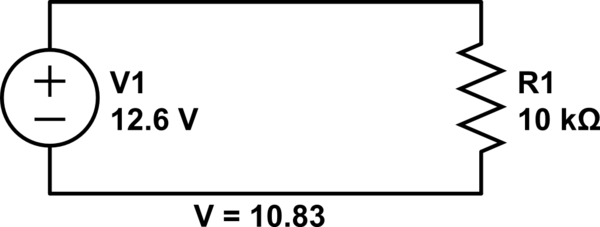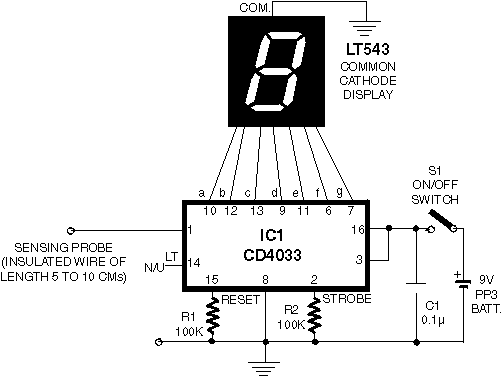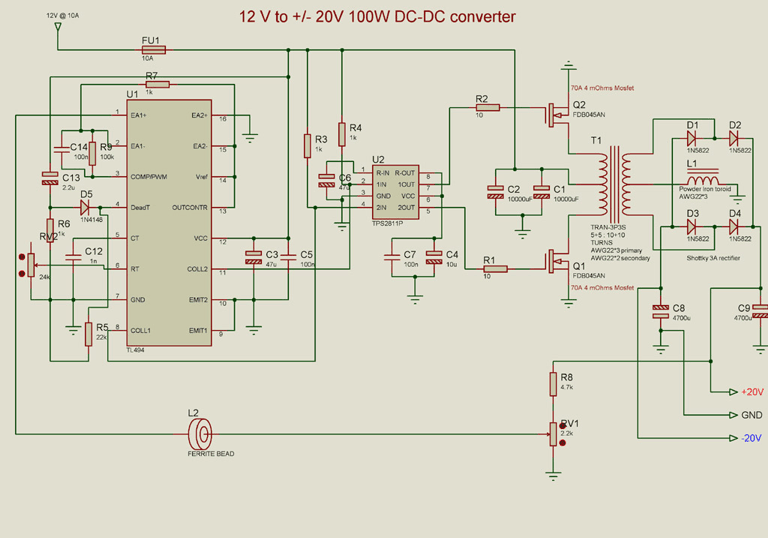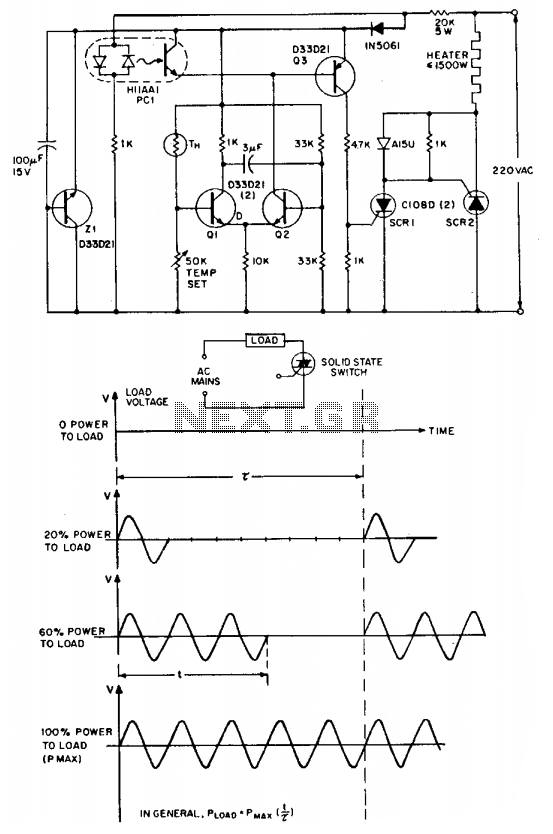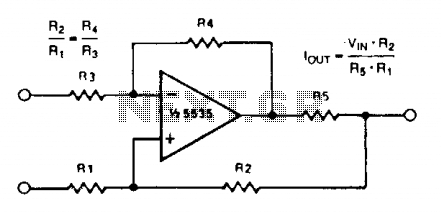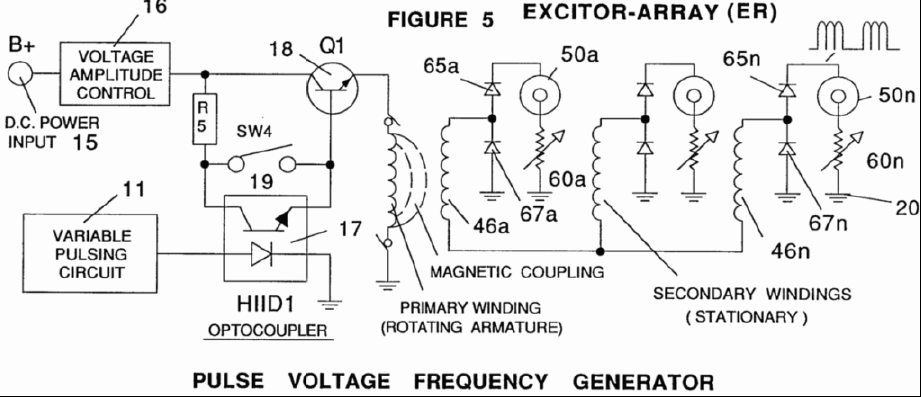
Adjustable Voltage Step-down Converter
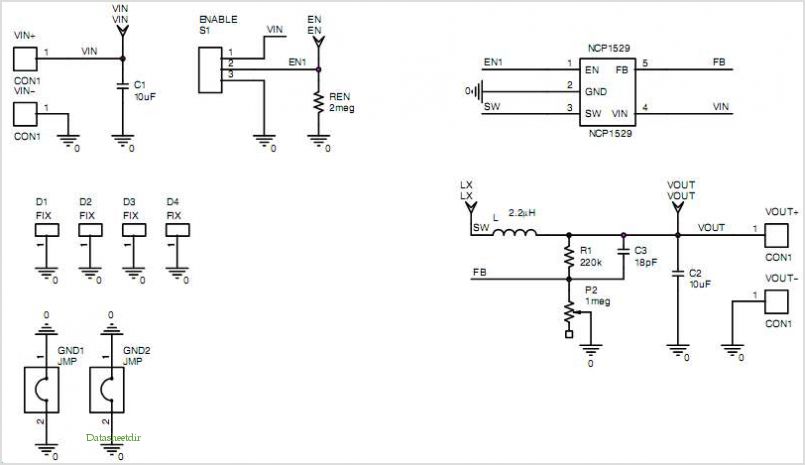
The LinkSwitch-XT LNK363DN-based flyback power supply generates a single isolated DC output voltage from an input voltage range of 90 VAC to 264 VAC. The power supply delivers an output of 5 V at 550 mA (2.75 W) in a constant-voltage/constant-current (CV/CC) configuration. Typical applications include cell phone chargers, portable audio players, digital cameras, and other products with a USB charger interface. Diodes D1, D2, D3, and D4, along with capacitors C1 and C2, are used to rectify and smooth the AC input voltage. Differential EMI filtering is achieved using components C1, C2, L1, and L2. The integrated frequency jitter feature of U1, in conjunction with transformer E-shield techniques, enables this simple EMI filtering to comply with EN55022B standards, even in the absence of a Y-capacitor across the primary to secondary isolation barrier.
The LinkSwitch-XT LNK363DN is a highly integrated power supply controller designed for flyback converters. It operates with a wide input voltage range, making it suitable for various applications that require reliable power conversion from the mains supply. The output specifications of 5 V and 550 mA indicate its capability to provide sufficient power for low to moderate power devices, particularly those with USB charging interfaces.
The rectification of the AC input voltage is performed by the diodes D1 to D4, which form a bridge rectifier configuration. This setup ensures that the input AC voltage is converted into a pulsating DC voltage, which is then smoothed by the capacitors C1 and C2. These capacitors not only filter the rectified voltage but also provide a stable output voltage to the load.
To address electromagnetic interference (EMI), differential filtering is implemented using inductors L1 and L2 along with the aforementioned capacitors. This configuration helps to attenuate high-frequency noise that could interfere with the operation of nearby electronic devices, ensuring compliance with regulatory standards such as EN55022B. The inclusion of the frequency jitter feature in the controller U1 is particularly beneficial, as it spreads the energy of the switching frequency over a wider bandwidth, reducing the peak EMI emissions.
The transformer used in this design incorporates E-shield techniques, which further enhance the EMI performance by minimizing radiated emissions. The design's robustness is evident in its ability to meet stringent EMI requirements without the need for additional components, such as a Y-capacitor, which typically provides an extra layer of isolation between the primary and secondary sides of the transformer.
In summary, the LinkSwitch-XT LNK363DN-based flyback power supply is an efficient and compact solution for converting AC mains voltage into a stable DC output, suitable for a variety of portable electronic devices. Its design emphasizes simplicity, cost-effectiveness, and compliance with EMI standards, making it a preferred choice in consumer electronics.The LinkSwitch-XT LNK363DN based‚ flyback power supply shown in Figure 1 generates a single isolated DC output voltage from a 90 VAC to 264 VAC input voltage range. The power supply output is 5 V, 550 mA (2. 75 W) constant-voltage/constant-current (CV/CC). Typical applications include cell phone chargers, portable Audio players, digital cameras or other products with a USB charger Interface Diodes D1, D2, D3 and D4, together with capacitors C1 and C2, rectify and smooth the AC input voltage. Differential EMI ltering is provided by C1, C2, L1 and L2. The integrated frequency jitter feature of U1, along with transformer E-Shield techniques, allows such simple EMI ltering to meet compliance with EN55022B, even without a Y-capacitor across the primary to secondary isolation barrier (see Figure 3).
🔗 External reference
The LinkSwitch-XT LNK363DN is a highly integrated power supply controller designed for flyback converters. It operates with a wide input voltage range, making it suitable for various applications that require reliable power conversion from the mains supply. The output specifications of 5 V and 550 mA indicate its capability to provide sufficient power for low to moderate power devices, particularly those with USB charging interfaces.
The rectification of the AC input voltage is performed by the diodes D1 to D4, which form a bridge rectifier configuration. This setup ensures that the input AC voltage is converted into a pulsating DC voltage, which is then smoothed by the capacitors C1 and C2. These capacitors not only filter the rectified voltage but also provide a stable output voltage to the load.
To address electromagnetic interference (EMI), differential filtering is implemented using inductors L1 and L2 along with the aforementioned capacitors. This configuration helps to attenuate high-frequency noise that could interfere with the operation of nearby electronic devices, ensuring compliance with regulatory standards such as EN55022B. The inclusion of the frequency jitter feature in the controller U1 is particularly beneficial, as it spreads the energy of the switching frequency over a wider bandwidth, reducing the peak EMI emissions.
The transformer used in this design incorporates E-shield techniques, which further enhance the EMI performance by minimizing radiated emissions. The design's robustness is evident in its ability to meet stringent EMI requirements without the need for additional components, such as a Y-capacitor, which typically provides an extra layer of isolation between the primary and secondary sides of the transformer.
In summary, the LinkSwitch-XT LNK363DN-based flyback power supply is an efficient and compact solution for converting AC mains voltage into a stable DC output, suitable for a variety of portable electronic devices. Its design emphasizes simplicity, cost-effectiveness, and compliance with EMI standards, making it a preferred choice in consumer electronics.The LinkSwitch-XT LNK363DN based‚ flyback power supply shown in Figure 1 generates a single isolated DC output voltage from a 90 VAC to 264 VAC input voltage range. The power supply output is 5 V, 550 mA (2. 75 W) constant-voltage/constant-current (CV/CC). Typical applications include cell phone chargers, portable Audio players, digital cameras or other products with a USB charger Interface Diodes D1, D2, D3 and D4, together with capacitors C1 and C2, rectify and smooth the AC input voltage. Differential EMI ltering is provided by C1, C2, L1 and L2. The integrated frequency jitter feature of U1, along with transformer E-Shield techniques, allows such simple EMI ltering to meet compliance with EN55022B, even without a Y-capacitor across the primary to secondary isolation barrier (see Figure 3).
🔗 External reference
